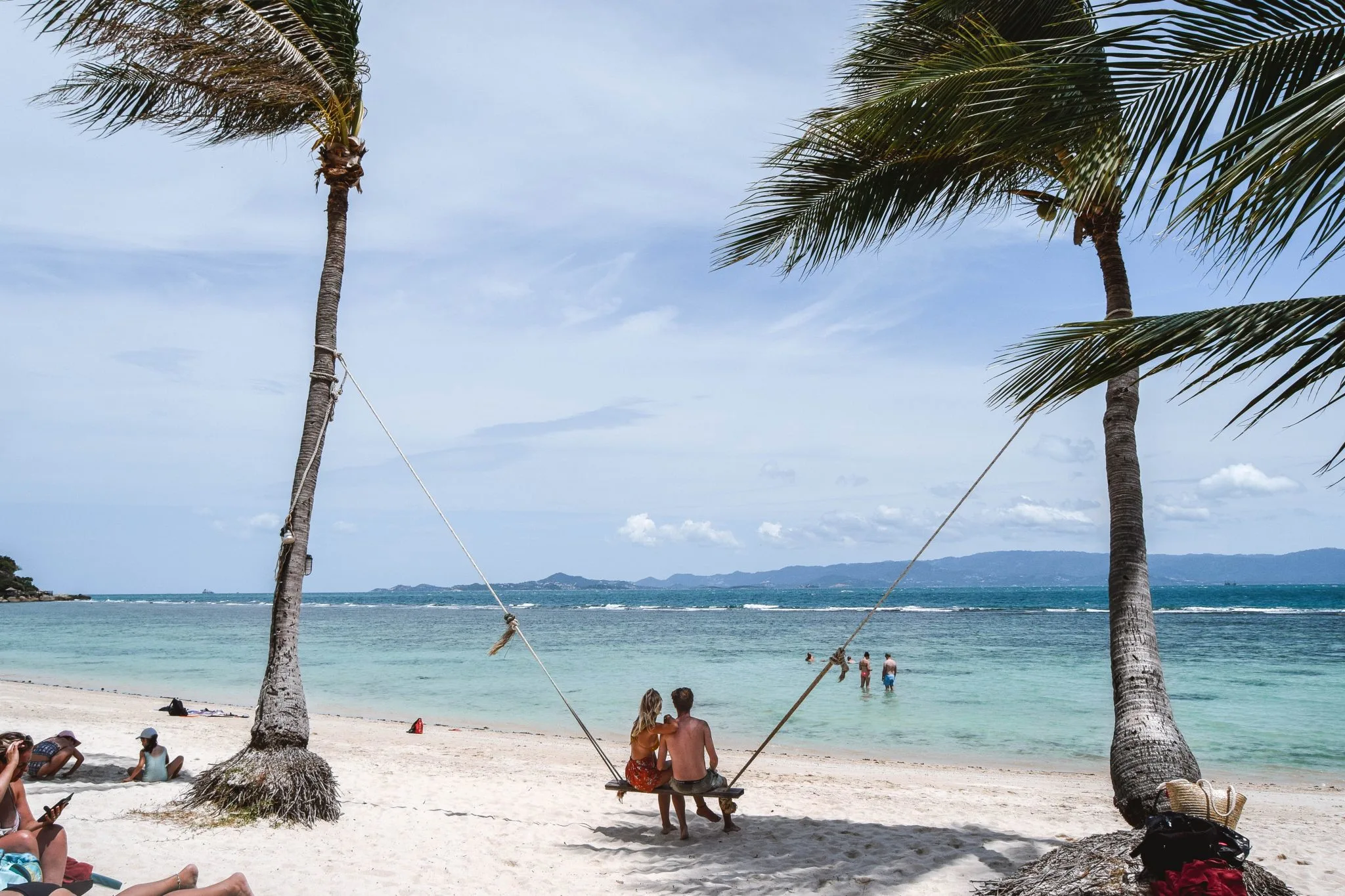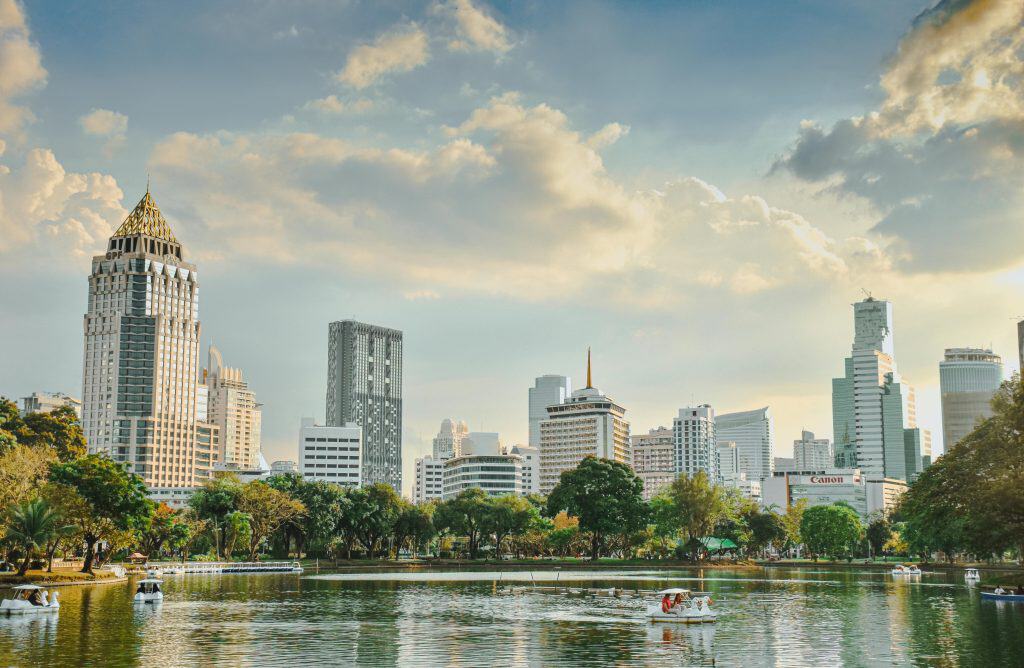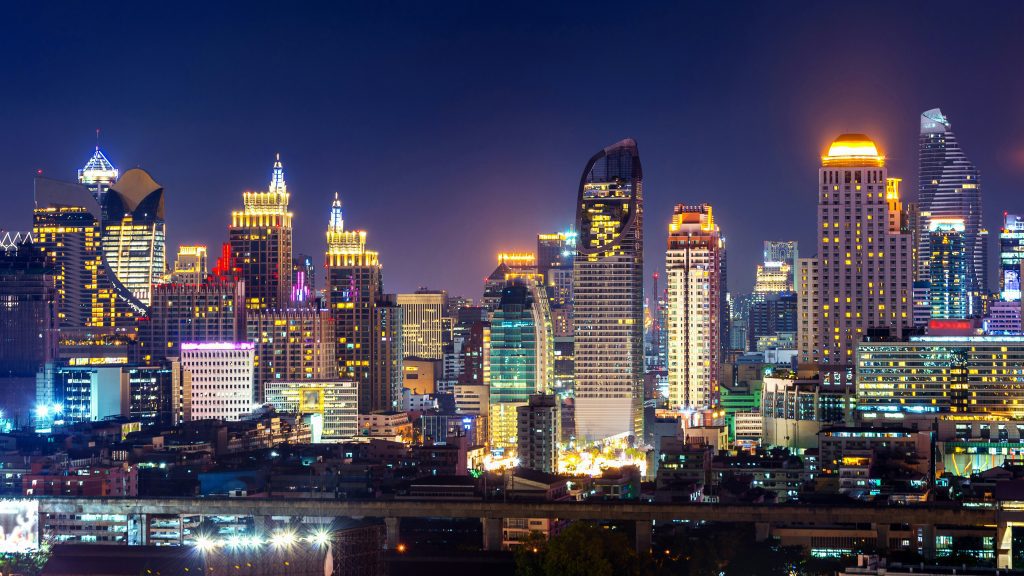What is the best time to visit Thailand? The best time is – always! Thailand, a gem in Southeast Asia, is renowned for its breathtaking landscapes, rich history, and vibrant culture. From the bustling streets of Bangkok to the tranquil beaches of Phuket, there’s something for every traveler. However, the experience can vary significantly depending on when you choose to visit.
Best Time To Visit Thailand
In this article, we will explore the debate around the “best time to visit Thailand” by breaking down the high and low seasons and the unique advantages that each can provide. During the high season, tourists can expect comfortable weather with fewer chances of rain, but bear in mind that crowded attractions, higher prices and the need to book accommodation in advance can also be present. On the other hand, the low season offers tourists the chance to experience a more personal Thailand, where attractions are much less busy than in the high season, prices are lower, and it is possible to book accommodation at the last minute. Each season has its own advantages, and travelers should consider the pros and cons of each before deciding the best time for their trip.
High Season in Thailand (November to February)
Typically, the high season in Thailand runs from November to February and many people consider it the best time to visit Thailand. During these months, the country basks in a delightful blend of cool and dry weather, a stark contrast to the humid monsoons and scorching summers that mark other times of the year. This climatic respite, with its balmy days and cooler nights, has made this period the most sought-after and comfortable for tourists from all corners of the globe.
The high season coincides with Thailand’s winter, a time when the northeast monsoon winds sweep across the country, pushing away the humidity and bringing in clear blue skies. Daytime temperatures hover around a pleasant 25°C to 30°C, while nights can be refreshingly cooler, especially in the northern regions like Chiang Mai and Chiang Rai. Here, in the mountainous terrains, temperatures can even dip to a crisp 10°C, prompting locals and tourists alike to don light jackets and sweaters.
This period also sees Thailand in full festive swing. The country celebrates Loy Krathong, one of its most picturesque festivals, where thousands of lanterns are released into the sky, and small boats made of banana leaves carrying candles are set adrift on water bodies. Christmas and New Year, though not traditional Thai festivals, are celebrated with much enthusiasm, especially in urban areas and tourist hotspots. Streets are adorned with lights, and parties and fireworks become the norm, adding to the allure of visiting during these months.
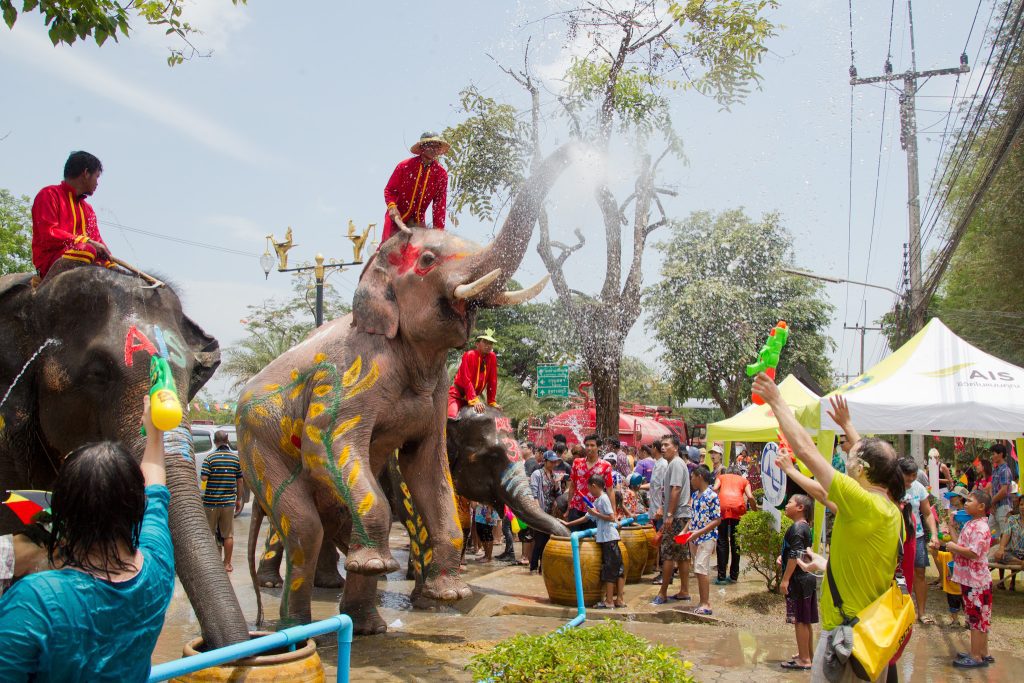
Beaches During the High Season
The beaches, particularly those in Phuket, Krabi, and the Koh islands, are at their pristine best. The waters are clear, and the seas calm, making it perfect for diving, snorkeling, and other water activities. The inland attractions, be it the ancient temples of Ayutthaya or the bustling markets of Bangkok, are more accessible and enjoyable without the oppressive heat.
However, “the popularity of this season”the best time to visit Thailand” also means that Thailand witnesses its highest influx of tourists. Popular destinations can get crowded, and prices for accommodations, tours, and activities might be higher than during off-peak times. It’s not uncommon to find beaches dotted with sunbathers or to encounter long queues at major attractions.
In conclusion, while the high season in Thailand offers optimal weather conditions and a festive atmosphere, it’s essential for travelers to plan and book in advance. This ensures not only availability but also the opportunity to experience the best of what this enchanting country has to offer.
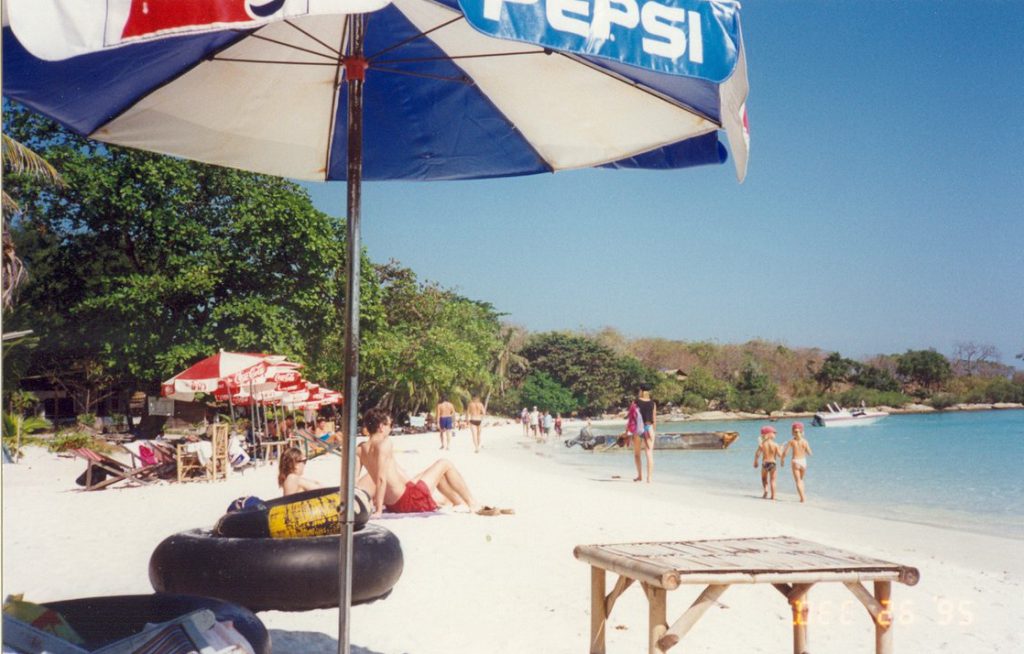
Why is the High Season in Thailand Good
- Pleasant Weather: One of the primary reasons tourists flock to Thailand during these months is the agreeable weather. The humidity is lower, and temperatures are cooler, especially in the northern regions like Chiang Mai. This climate is perfect for exploring the outdoors, be it trekking, island hopping, or temple visits.
- Festivals and Events: The high season coincides with several Thai festivals, such as Loy Krathong (the lantern festival) and the Chiang Mai Flower Festival. Participating in these events offers a deeper insight into Thai culture.
- Vibrant Nightlife and Activities: With the influx of tourists, the nightlife, especially in places like Bangkok and Pattaya, is buzzing. Beach parties, nightclubs, and street markets are in full swing.
However, it’s essential to note that the high season also means higher prices for accommodations and some tourist activities. Popular spots might be crowded, so it’s advisable to book in advance.
Low Season in Thailand (May to October)
The low season in Thailand, spanning from May to October, is a period marked by the rhythmic cadence of the monsoon rains. Often referred to as the ‘rainy’ or ‘monsoon’ season, this time frame sees Thailand drenched by the southwest monsoon’s influence. These rains, while heavy, breathe life into the country’s landscapes, transforming them into lush, verdant paradises.
During these months, the skies often wear a shade of gray, and the air is thick with humidity. The rain showers, though frequent, are not incessant. They often manifest as intense, short-lived downpours, usually during the late afternoon or early evening, leaving the mornings relatively dry and suitable for exploration. The sound of raindrops pattering on rooftops becomes a common background melody, accompanying the daily lives of locals and visitors alike.
The monsoon season also plays a pivotal role in Thailand’s agricultural rhythm. As the rains quench the thirsty soil, farmers prepare their fields for rice cultivation, the country’s staple crop. The sight of vast paddies, shimmering under a blanket of water, with farmers meticulously planting rice saplings, is a testament to Thailand’s agrarian roots and traditions.
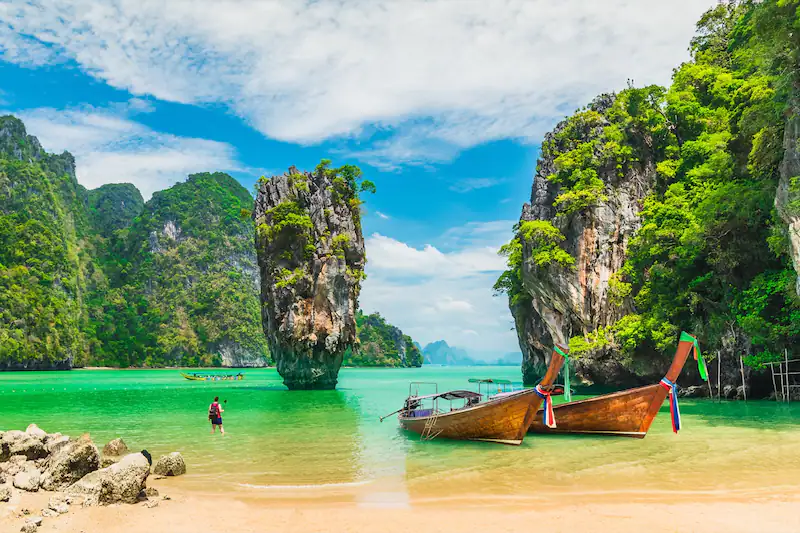
Nature During the Low Season
Nature, too, celebrates the arrival of the monsoons. Rivers, which might have dwindled during the dry months, surge with renewed vigor. Waterfalls, scattered across the country, roar to life, cascading with a ferocity that is both awe-inspiring and humbling. The forests, already dense, take on an even deeper shade of green, becoming havens for biodiversity. Flora flourishes, and fauna, particularly amphibians and various bird species, become more active, making this season a delight for nature enthusiasts and wildlife photographers.
However, while the low season offers a unique charm, it’s essential for travelers to be prepared. Some regions, especially the southern islands, might experience more prolonged rainfall, potentially affecting travel plans. Sea conditions can become rough, and certain water-based activities might be limited. Yet, for those willing to embrace the unpredictability of the monsoon, the rewards are plentiful. The tourist crowds thin out, prices drop, and there’s a certain serenity that envelops the country, making it an ideal time for those seeking a more tranquil and authentic Thai experience. That’s why some people consider the low season as the best time to visit Thailand.
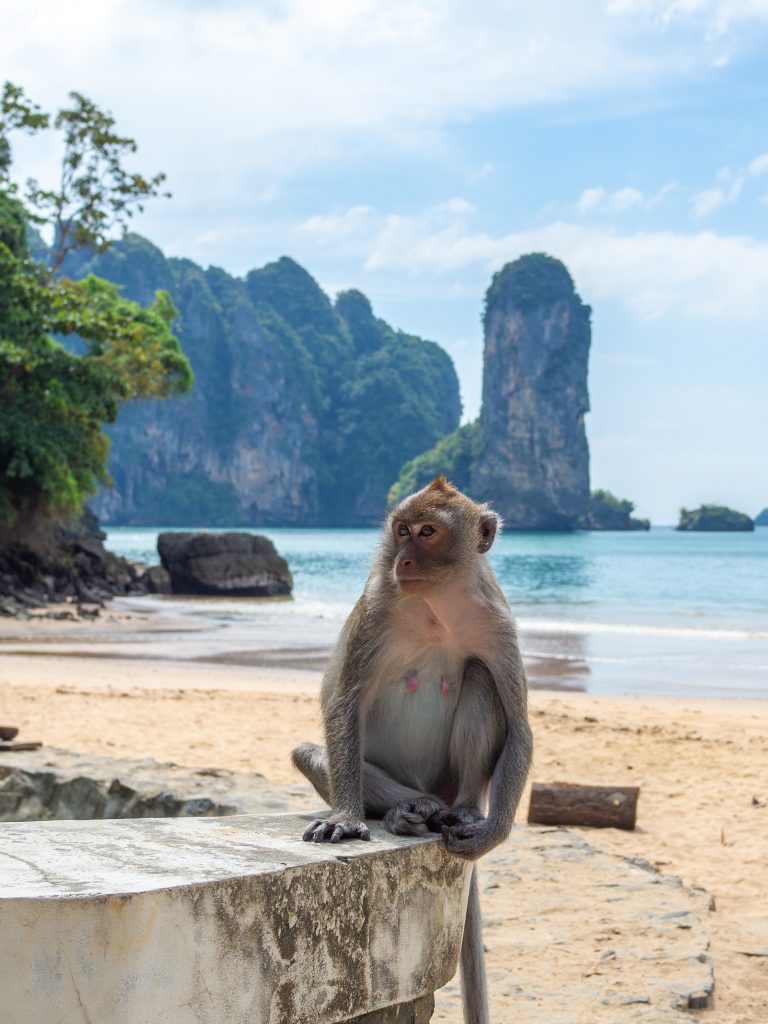
Why is the Low Season in Thailand Good
- Lower Prices: One of the most significant advantages of visiting Thailand during the low season is the cost. Accommodations, especially in tourist-heavy areas, can be much cheaper. Many hotels and resorts offer discounts, making it an ideal time for budget travelers or those looking for luxury at a fraction of the high season price.
- Fewer Crowds: If you’re someone who prefers a more relaxed and less hectic travel experience, the low season is perfect. Popular tourist spots are less crowded, giving you the opportunity to enjoy them at your own pace.
- Lush Landscapes: The monsoon rains bring out the best in Thailand’s landscapes. The countryside is lush and green, waterfalls are at their fullest, and the air is fresh and clean.
- Daily Rain, Not Continuous: A common misconception about the rainy season is that it rains continuously. In reality, the rain often comes in short, heavy bursts, usually in the afternoon or evening. This pattern leaves plenty of dry hours to explore.
However, the low season also comes with its challenges. The rain can sometimes lead to transportation delays, especially in the islands. Some activities might be off-limits due to weather conditions. But with a bit of planning and flexibility, the low season can offer a unique and memorable experience.
Conclusion
So, what is the best time to visit Thailand? Now it’s clear that it’s not easy to answer that question. We’ve been to Thailand many times, during the high and low season and we always had a wonderful time. In the “Best time to visit Thailand” debate, there’s no one-size-fits-all answer. Both the high and low seasons have their unique charms and challenges. Your decision should align with your preferences, whether it’s sunny beach days, cultural immersion, budget travel, or serene landscapes. Regardless of when you choose to visit, Thailand’s beauty and hospitality remain constant, ensuring a memorable trip.

